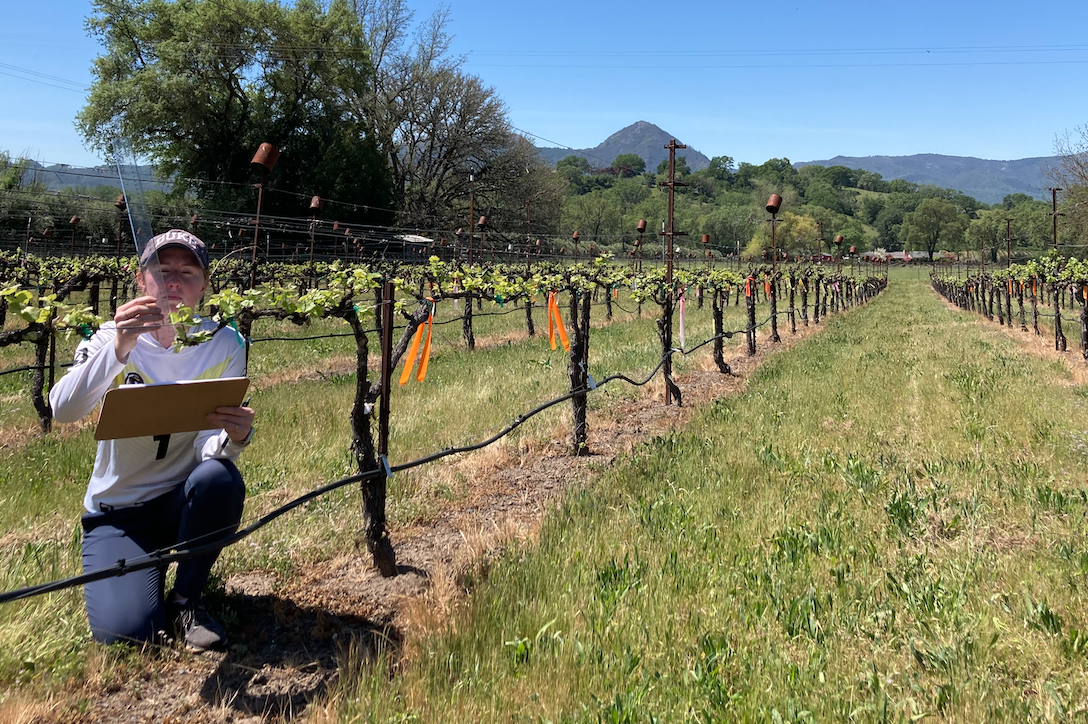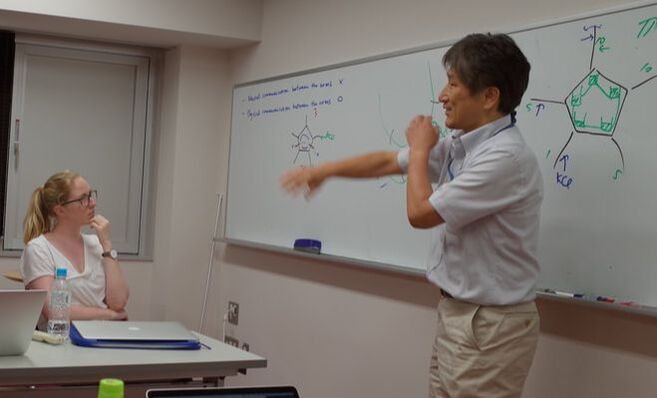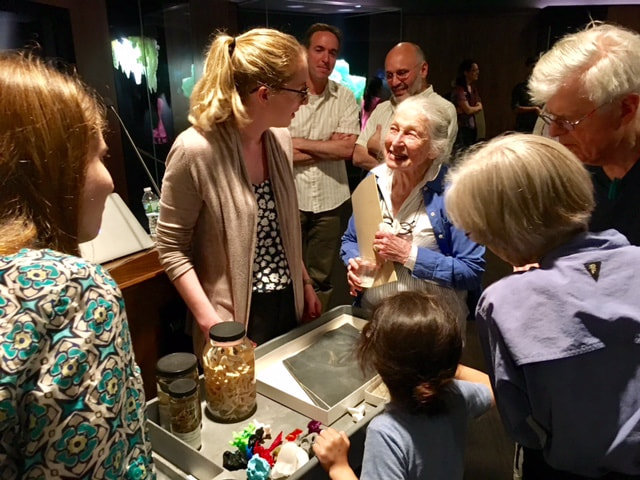How do living things work?
How do insects transmit pathogens? How did plants and crabs evolve to live on land? How did early animals move? How can some creatures move without a brain?
|
My research explores organismal form and function, i.e., the science behind how living things work. I analyze both living and fossil specimens to understand how organisms' anatomy and body systems evolve over time. I’ve worked on a range of topics from the mechanics of ancient reptile arms to how plants evolved the ability to move water up their stems. I answer these scientific questions by using state-of-the-art technology, such as 3D imaging, digital biomechanical modeling, and computational fluid dynamics to visualize and understand organismal function in new ways.
3D reconstruction of the oldest fossil crab ever discovered gives insights into how crabs transitioned to life on land (from Luque.. Clark et al. 2021).
|
How does understanding organisms benefit society?
We can apply our knowledge to solve important problems.
|
Examining grapevines infected with insect-borne pathogens in Hopland, CA
|
Insects are critical in transmitting bacteria that causes diseases to plants that produce fruit like grapes, citrus fruits, and olives. As a postdoc at UC Berkeley, I lead a project funded by the California Dept. of Food and Agriculture to study the biomechanics of how insects feed on and infect grapevines with bacteria that cause the lethal Pierce's Disease. These insights will be directly applied to help curb the spread of plant pathogens and improve agriculture yield worldwide.
|
We can use insights from organisms to inspire new technology.
|
Brittle stars coordinate ~2500 moving parts for locomotion without a brain, making them a model system to inspire robotic control systems. During my Ph.D., I worked to understand the mechanics and control of brittle star locomotion and collaborated with engineers in Japan to design robots that were resistant to damage based on the results from my research.
Conversation with colleague Hitoshi Aonuma about brittle star locomotion control at Hokkaido University, Sapporo, Japan.
|
We can inform and inspire a new generation of explorers and stewards.
|
It is a universal human experience to be enthralled by organisms like tigers, dinosaurs and octopi. Making new discoveries about the amazing creatures around us and sharing these discoveries with students of all ages is integral to educate and inspire the next generation of scholars and stewards of life on earth. A hands-on specimen demonstration at the Yale Peabody Museum.
|



